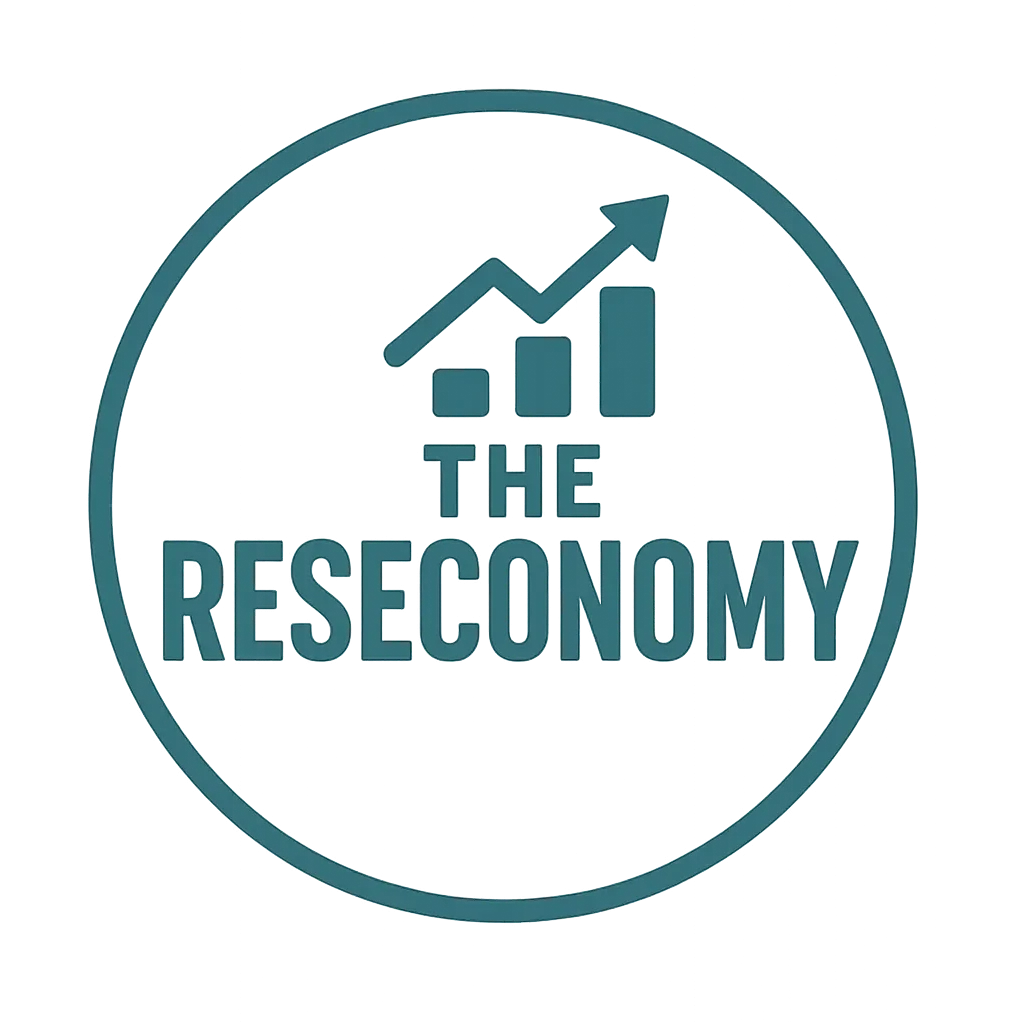In a world awash with data, the ability to extract meaningful insights is only half the battle. The real power lies in effectively communicating those insights in a way that resonates, engages, and ultimately influences your audience. This is where the art of storytelling with data comes in – transforming often dry and complex numbers into compelling narratives that captivate, clarify, and drive action.
This post delves into the essential techniques of data visualization and narrative construction, providing practical strategies to turn your raw data into impactful stories that leave a lasting impression and inspire your audience to see the world through your data-driven lens.
Beyond Spreadsheets: Why Data Needs a Story
Raw data, presented in tables or basic charts, often fails to connect with an audience on an emotional or intellectual level. Stories, on the other hand, are inherently engaging and memorable. When you weave data into a narrative, you:
- Create Understanding: Stories provide context and make complex information more accessible and relatable. They help your audience grasp the “so what?” behind the numbers.
- Enhance Retention: People are far more likely to remember stories than they are to recall lists of facts and figures. Narrative structure provides a framework for memory.
- Evoke Emotion: Stories can tap into emotions, making your message more impactful and persuasive. Data presented within a compelling narrative can resonate on a deeper level.
- Drive Action: When data is presented within a context that people understand and connect with emotionally, it’s more likely to motivate them to take action.
- Build Trust and Credibility: A well-told data story demonstrates your understanding of the information and your ability to communicate it effectively, building trust with your audience.
The Essential Elements of Data Storytelling:
Crafting compelling data stories involves a thoughtful combination of data visualization and narrative techniques:
1. Understanding Your Audience and Objective:
- Who are you trying to reach? What are their backgrounds, knowledge levels, and interests?
- What message do you want to convey? What are the key takeaways you want your audience to remember?
- What action do you want them to take? What is your desired outcome?
2. Choosing the Right Visualizations:
- Clarity over Complexity: Select visualizations that clearly and accurately represent your data without unnecessary clutter or embellishment.
- Match the Visual to the Data and Message: Different types of data are best represented by different charts (e.g., bar charts for comparisons, line charts for trends over time, scatter plots for relationships).
- Consider Your Audience’s Familiarity: Choose visualizations that your audience will readily understand.
- Highlight Key Insights: Use color, size, and annotations strategically to draw attention to the most important data points.
- Keep it Simple and Focused: Avoid overwhelming your audience with too much information in a single visual.
3. Crafting a Compelling Narrative:
- Start with a Hook: Grab your audience’s attention right away with a compelling question, a surprising statistic, or a relatable anecdote.
- Provide Context: Set the stage by providing background information that helps your audience understand the significance of the data.
- Introduce Characters (if applicable): In some data stories, you can personify data points or segments to make them more relatable.
- Build a Plot: Guide your audience through the data in a logical and engaging sequence, revealing insights step by step.
- Highlight the Conflict or Challenge: Often, data stories reveal a problem, a trend, or a discrepancy that needs to be addressed.
- Present the Resolution or Insight: Your data should ultimately lead to a key insight, a solution, or a call to action.
- Use Clear and Concise Language: Avoid jargon and technical terms that your audience may not understand.
- Emphasize the “So What?”: Clearly articulate the implications of your data and why it matters to your audience.
- End with a Strong Conclusion or Call to Action: Summarize your key findings and clearly state what you want your audience to do with the information.
Techniques for Weaving Data into Narrative:
- The “Problem-Solution” Approach: Present a problem illustrated by data and then showcase how the data reveals a potential solution.
- The “Trend Over Time” Story: Use time-series data to show how something has changed and what the implications are for the future.
- The “Comparison” Narrative: Use data to compare different groups, categories, or time periods to highlight key differences or similarities.
- The “Surprising Insight” Story: Uncover an unexpected pattern or finding in the data that challenges conventional wisdom.
- The “Personal Anecdote with Data Backing”: Start with a relatable personal story and then use data to support and generalize the experience.
Tools and Resources for Data Storytelling:
Numerous tools can help you visualize and present your data effectively, including:
- Data Visualization Software: Tableau, Power BI, Google Data Studio
- Presentation Software with Charting Capabilities: PowerPoint, Google Slides
- Infographic Creation Tools: Canva, Piktochart
- Data Journalism Platforms: Flourish, Datawrapper
The Ethical Considerations:
It’s crucial to remember that data storytelling comes with ethical responsibilities. Always:
- Present Data Accurately and Honestly: Avoid manipulating or misrepresenting data to fit your narrative.
- Provide Context and Limitations: Be transparent about the data sources and any limitations in your analysis.
- Avoid Misleading Visualizations: Ensure your charts accurately reflect the underlying data and don’t distort the findings.
- Be Mindful of Bias: Acknowledge and address any potential biases in your data or analysis.
Transforming Numbers into Influence:
Mastering the art of storytelling with data is a powerful skill that can elevate your communication, enhance your influence, and drive better decision-making. By combining compelling visuals with engaging narratives, you can transform often-intimidating numbers into accessible, memorable, and actionable insights that resonate with your audience and inspire them to see the world through the lens of your data.
What are your biggest challenges in storytelling with data? What techniques have you found most effective? Share your experiences in the comments below!
